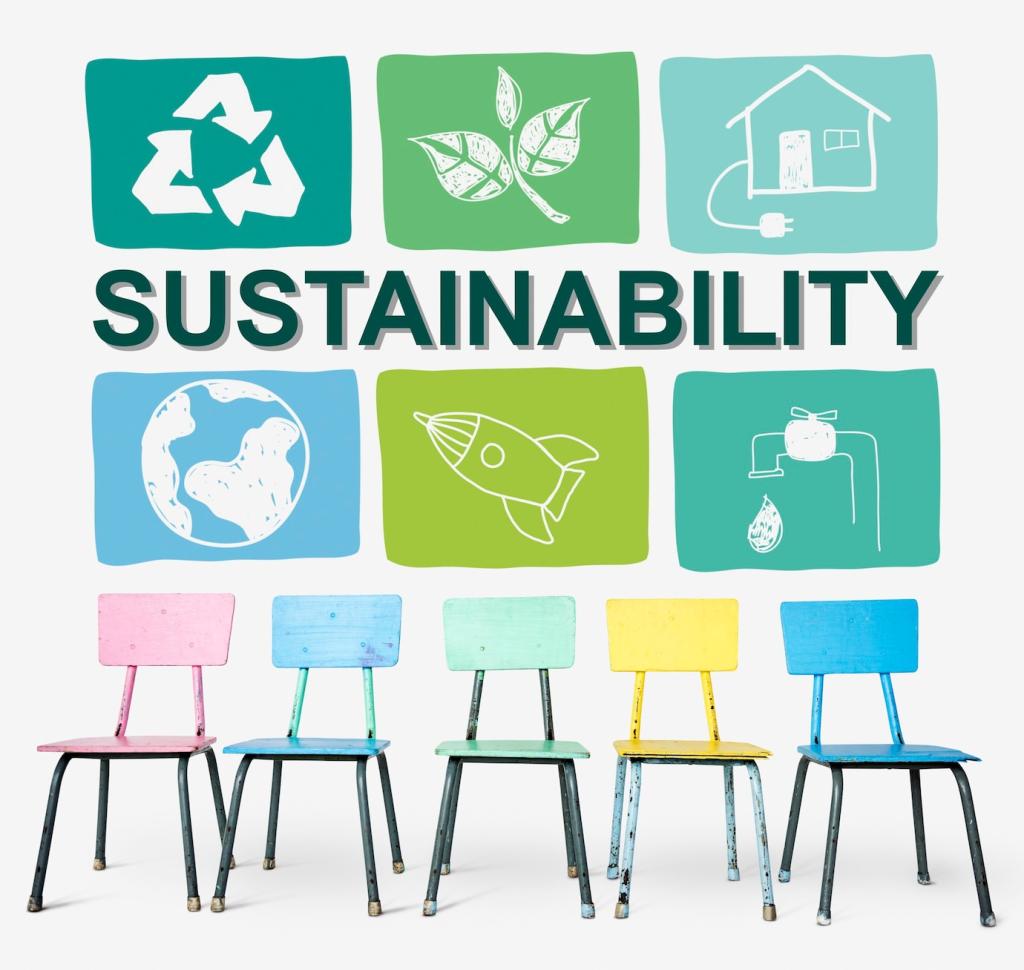Building Tomorrow: Green Concrete Innovations
Chosen theme: Green Concrete Innovations. Discover how cutting-edge materials, carbon-smart curing, and circular design are transforming the world’s most-used building material into a climate ally—without sacrificing strength, durability, or beauty.


Why Green Concrete Innovations Matter Now
Before a building ever opens its doors, the concrete inside it has already emitted much of its lifetime carbon. Green concrete innovations tackle that front-loaded footprint, helping designers meet climate goals without delaying schedules or compromising the project vision.
PLC and LC3 Demystified
Portland-limestone cement narrows the carbon gap by blending more limestone, while limestone-calcined clay cement leverages abundant clay to replace clinker. Together, they often cut embodied carbon noticeably, maintaining reliable setting profiles and supporting familiar construction workflows.
Geopolymers and Alkali-Activated Pathways
Geopolymer and alkali-activated binders unlock impressive early strength and chemical resistance. When responsibly sourced and well-controlled, they provide compelling alternatives for precast elements, infrastructure repairs, and heat-cured components demanding robust performance with a significantly lighter carbon footprint.
Calcined Clays and Natural Pozzolans
Calcined clays and natural pozzolans enhance durability and reduce permeability, helping structures resist chloride ingress and sulfate attack. They also bring consistent supply potential in many regions, creating resilient supply chains aligned with local geology and practical project logistics.
Capturing Carbon While Building
Aggregates can be treated to lock CO2 into stable mineral forms, turning a once-waste stream into a climate resource. These aggregates integrate seamlessly into mixes, preserving workability while permanently storing carbon inside the very skeleton of the concrete.
Circularity in the Mix
When processed and graded carefully, recycled concrete aggregates can deliver reliable performance in structural and non-structural applications. Their use diverts material from landfills, reduces demand for virgin quarrying, and anchors a practical circular economy within everyday construction routines.
Ground granulated slag, fly ash, and other byproducts have reduced emissions for decades. Today’s best practices emphasize provenance, consistency, and future supply, ensuring that sustainable substitutions remain available, traceable, and aligned with performance expectations across diverse project types.
Modern mix design uses performance data and statistical models to right-size cement content, water-to-binder ratios, and admixtures. The result is leaner mixes that still meet specifications, minimizing waste while preserving strengths, workability windows, finishability, and long-term durability factors.

Proving Performance and Durability
Service Life Modeling and Durability Indexes
Chloride diffusion, carbonation depth, and permeability testing inform service life projections for green mixes. Quantitative targets guide proportioning, helping teams compare options and select the mix that balances carbon reductions with verifiable durability in the project’s exposure class.
Transparent Footprints with EPDs
Environmental Product Declarations translate complex supply chains into comparable metrics. Mix- and plant-specific EPDs empower designers to choose concrete with lower embodied carbon, encouraging producers to innovate and share verified improvements rather than vague sustainability promises.
Codes, Specs, and What’s Changing
Specifications increasingly allow performance-based paths, encouraging innovation while protecting quality. Clear acceptance criteria for strength, durability, and curing help ensure greener concretes are judged by outcomes, opening doors to new binders, optimized aggregates, and smarter placement practices.
Field Notes and Your Next Step
Our team piloted a community footbridge using limestone-calcined clay cement, recycled aggregates, and a lean admixture package. The crew praised finishability, the schedule held firm, and neighbors loved the story behind their new landmark—concrete progress everyone could actually walk on.


Field Notes and Your Next Step
Preconstruction trials, careful moisture control, and consistent curing are non-negotiable. Communicate target slumps, verify temperatures, and protect early hydration. With thoughtful coordination between batch plant and finishing crew, low-carbon mixes place smoothly and set predictably across changing site conditions.
